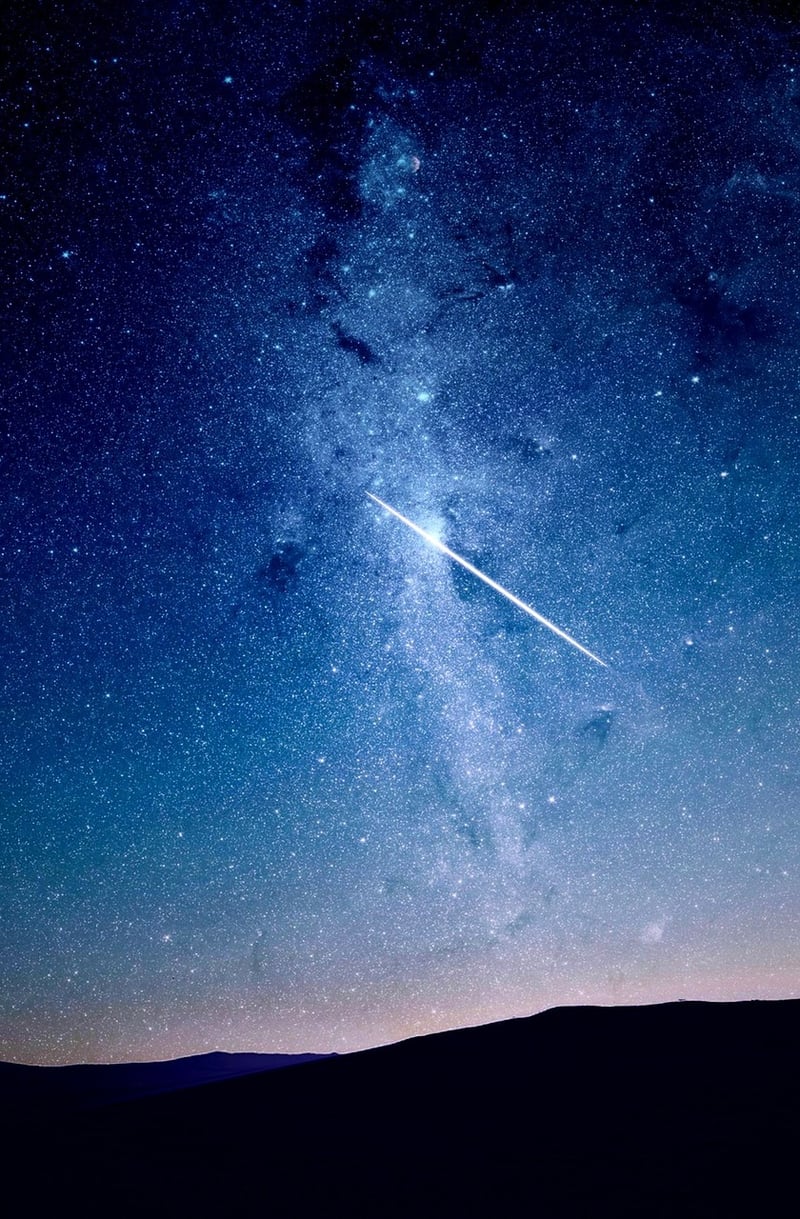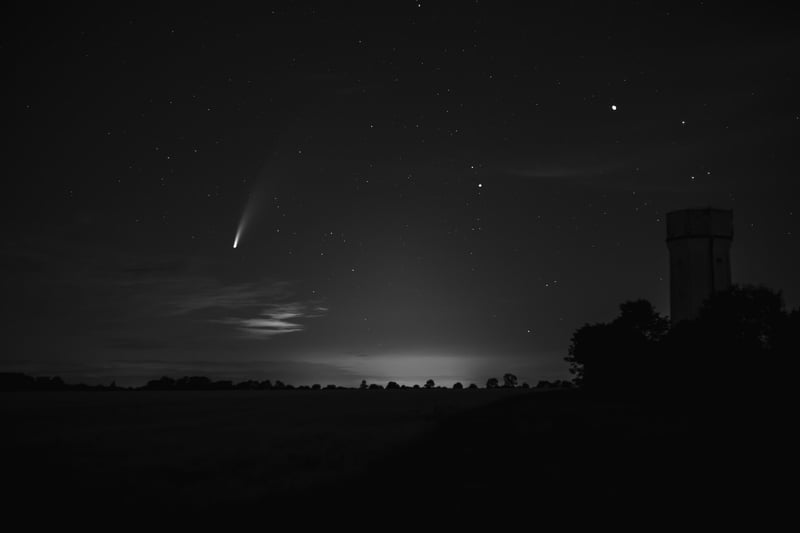Comet Observations
Celestial Phenomena: A Guide to Comet Observations
Welcome to our guide on observing comets, one of the most captivating celestial phenomena in the night sky. Comets have fascinated humanity for centuries with their bright tails and unpredictable appearances. In this article, we will delve into the world of comets, how to observe them, and some of the most famous comets in history.
What are Comets?
Comets are small celestial bodies composed of ice, dust, and rock that orbit the Sun. When a comet approaches the Sun, the heat causes the ice to vaporize, creating a glowing coma (the comet's atmosphere) and a beautiful tail that points away from the Sun due to solar wind.
How to Observe Comets
- Timing: Comets are best observed in the hours before dawn or after sunset when the sky is dark, and the comet is visible against the backdrop of space.
- Location: Find a dark spot away from city lights to get the best view of the comet. Use a star map or a stargazing app to locate the comet's position in the sky.
- Equipment: While comets can sometimes be seen with the naked eye, using binoculars or a telescope can enhance the viewing experience and reveal more details of the comet's structure.
- Patience: Observing comets requires patience as they may appear faint at first but can brighten over time as they get closer to the Sun.
Famous Comets in History
Throughout history, several comets have captured the world's attention with their spectacular displays. Here are some of the most famous comets:
- Halley's Comet: Perhaps the most famous comet, Halley's Comet is visible from Earth approximately every 76 years. Its last appearance was in 1986, and it is expected to return in 2061.
- Hale-Bopp: Hale-Bopp was one of the brightest comets of the 20th century, visible to the naked eye for a record 18 months in 1997.
- Comet NEOWISE: Discovered in 2020 by NASA's NEOWISE space telescope, this comet put on a stunning show for observers around the world.
Conclusion
Observing comets can be a magical experience that connects us to the vastness of the universe. Whether you're a seasoned stargazer or a beginner, taking the time to observe a comet can inspire awe and curiosity about the mysteries of space. So, grab your binoculars, find a dark sky, and witness the beauty of these celestial wanderers.

Remember to check the latest comet sightings and predictions to plan your observing sessions effectively. Happy stargazing!
